6. Star Wars by John Williams - BASICS
1/17
There's no tags or description
Looks like no tags are added yet.
Name | Mastery | Learn | Test | Matching | Spaced |
|---|
No study sessions yet.
18 Terms
John Williams' style
fanfares, battle music, marches, soaring violins, large orchestra and leitmotifs
Metre
4/4 military march style until bar 44 then 3/4
Tempo changes
1. mostly fast (crotchet = 100)
2. few rallentandos/ritenutos before main ideas appear
3. massive slow down leading to pause in bar 50
4. codetta is very fast (160bpm)
Rhythmic features in opening fanfare
triplets and repeated notes
Section 1 rhythmic features
1A = syncopated block chord accompaniment
1B = triplets & dotted rhythms
Section 2 rhythmic features
- Violin triplet / sextuplet / demisemiquavers
- Pounding crotchets in bass
- war-like triplets from b42
Main texture
Mostly homophonic
Structure overview
Intro - Section 1 "Main theme" (A B A1) - Section 2
Melody (general)
- bold, clearly defined (features of JW's style)
- fanfare passages
- leitmotifs (Skywalker & Rebel Blockade)
- sequences
Fanfare melody
- rapid repeated notes
- triplet arpeggio-like figures
- 7th leaps
Melody theme A
4 bar Skywalker leitmotif on trumpet featuring rising 5ths, wide leaps of 7ths, triplets & syncopation.
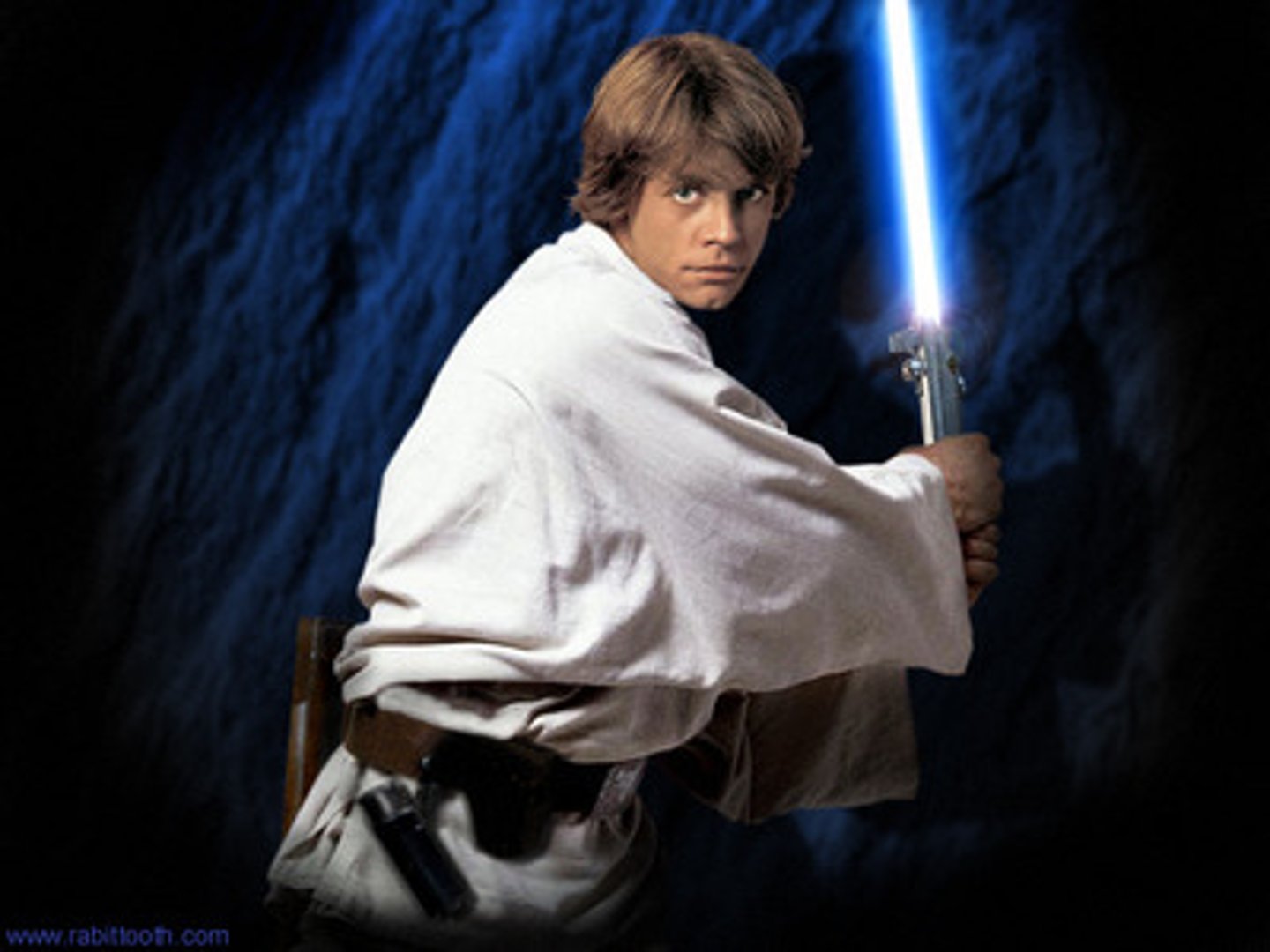
Melody theme B
elegant and conjunct 4 bar idea on violins
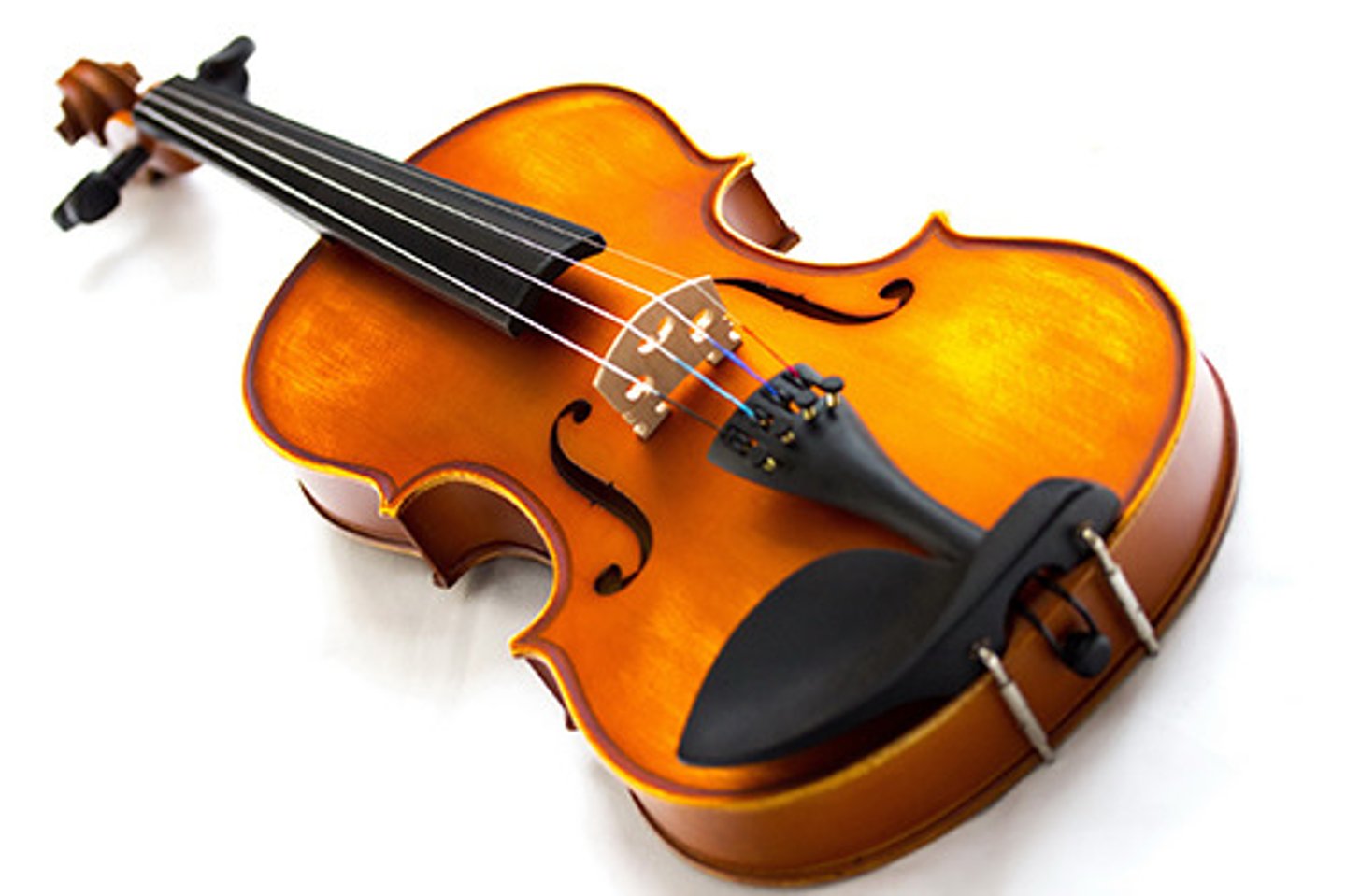
Section 2 solo instrument
piccolo
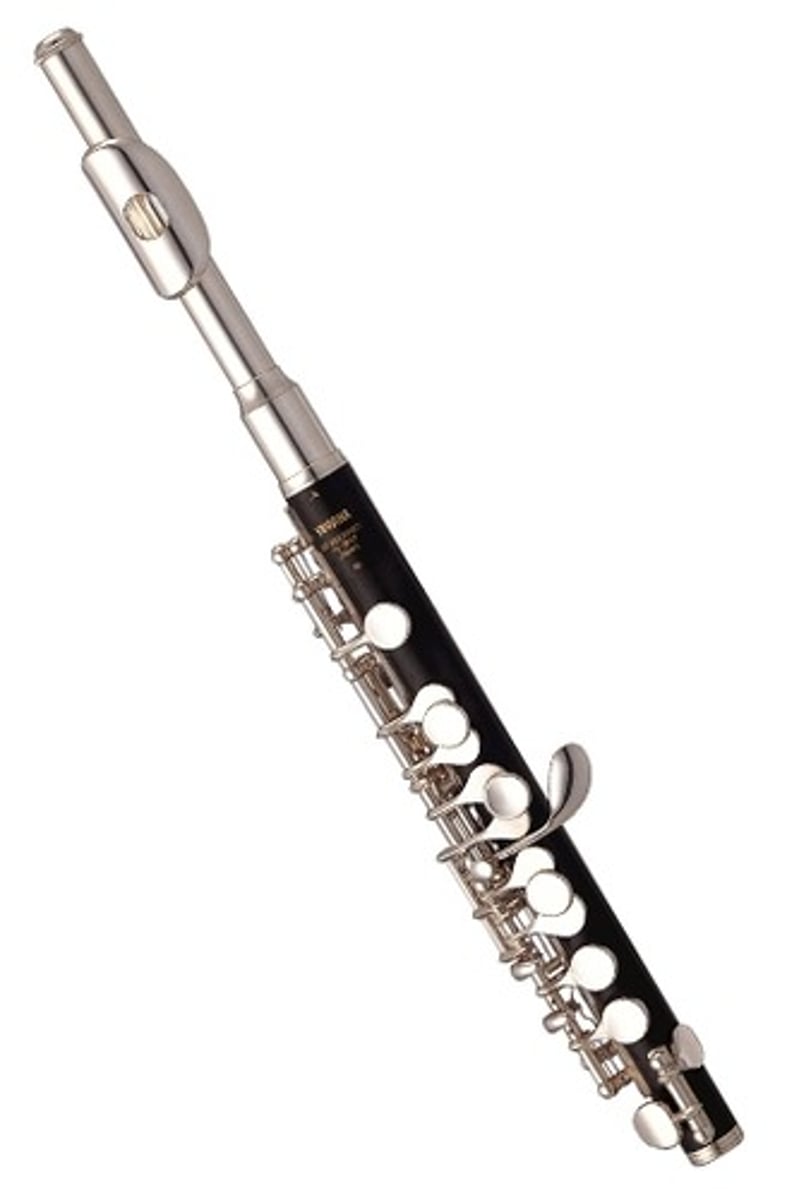
Instrumentation (ensemble)
- Full symphony orchestra (almost 90 players)
- Much doubling of parts (thickly scored)
- No electronic effects or synths
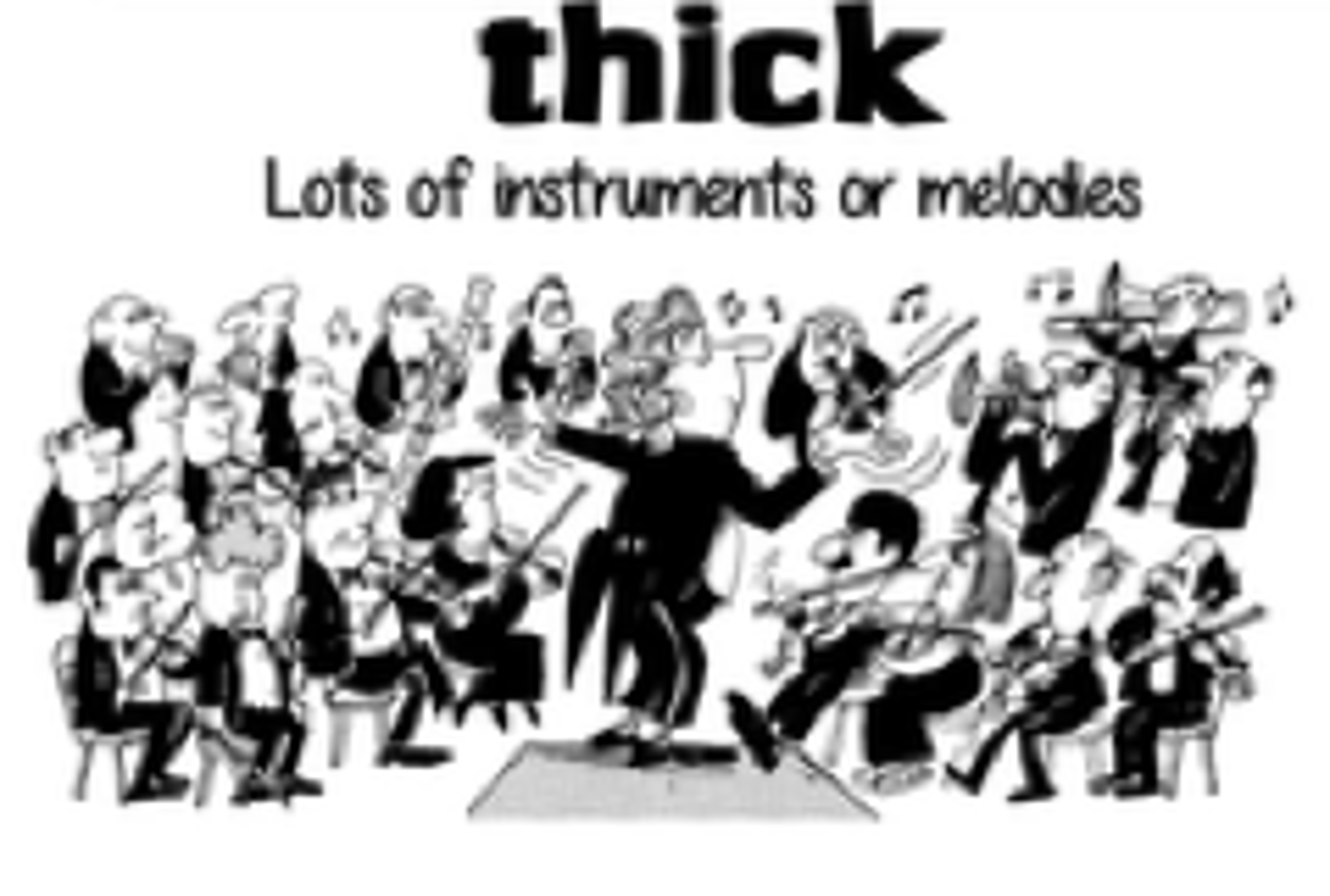
Instrumentation details
10 woodwind
11 brass
6 percussion
harp
60 strings in 5 parts (1+2 violins, violas, cellos & double basses)
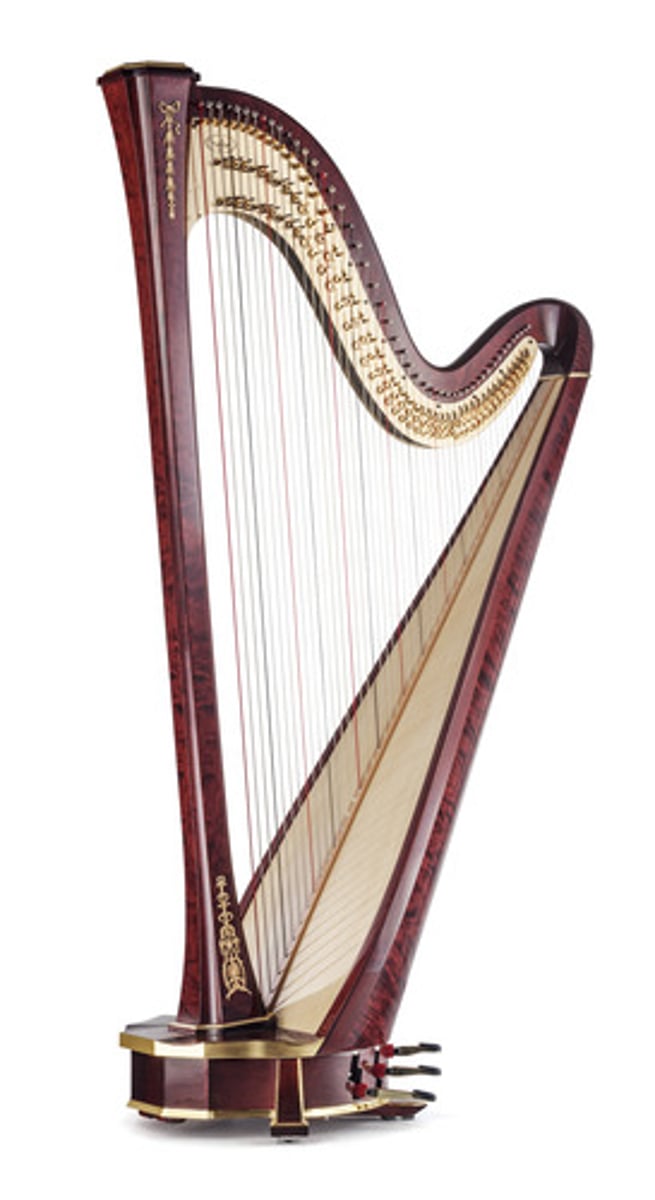
Intro + section 1 tonality
Bb major
Section 2 tonality
Eb, then chromatic (b33), hexatonic (b36), ambiguous C major (b42). Becomes less clear, almost atonal with the coda bitonal (C + Db)
Harmony (general)
- mostly tonal harmony with lots of major chords
- frequent complex chords and unusual progressions
- influence of quartal harmony (especially intro)